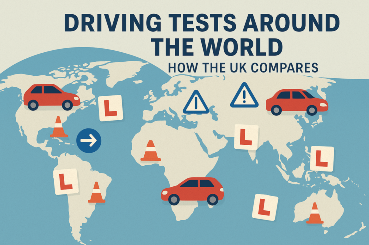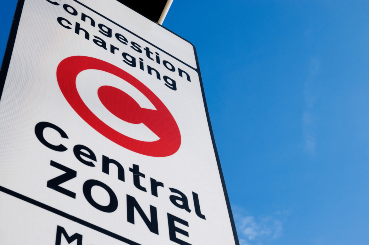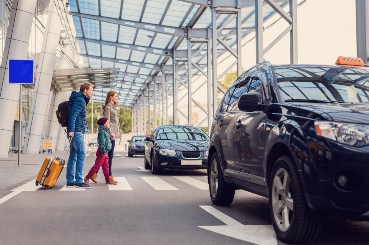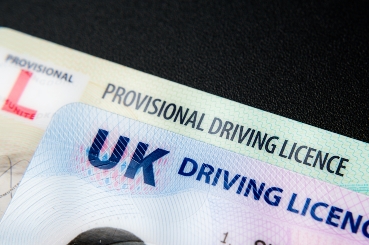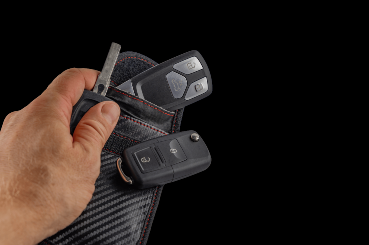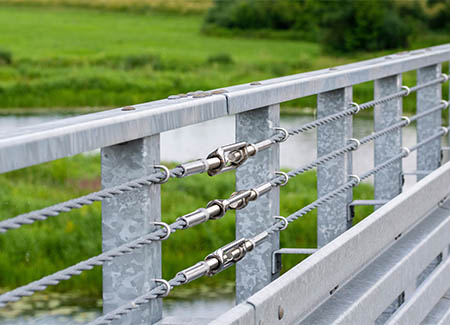
Road safety is a paramount concern for both motorists and pedestrians alike. To mitigate the impact of accidents and enhance overall safety, the UK employs a variety of road safety barriers. These barriers serve as a crucial line of defence, preventing vehicles from veering off course and safeguarding vulnerable road users.
In this blog, we will explore the different types of road safety barriers, the materials used in their construction, and how they function to maintain safety on the roads.
What is a Road Safety Barrier?
A road safety barrier, commonly known as a crash barrier, is a protective structure strategically placed along roads to prevent vehicles from leaving the roadway or colliding with obstacles. These barriers play a vital role in reducing the severity of accidents and protecting drivers, passengers, and pedestrians.
Types of Road Safety Barriers:
Road safety barrier systems encompass a diverse range of protective structures strategically deployed along roadways in the UK. These systems are designed to enhance overall safety by preventing vehicles from leaving the roadway or colliding with obstacles. Together, these road safety barrier systems create a layered defence mechanism, addressing different road scenarios and mitigating the severity of potential accidents to ensure the safety of motorists and pedestrians alike.
Wire-rope Barriers:
These barriers consist of tensioned wire ropes supported by posts. They are designed to absorb impact energy, minimising the severity of collisions.
A-Frame Barriers:
A-Frame barriers are triangular-shaped structures often made of metal or plastic. They are effective in redirecting vehicles and preventing them from crossing into oncoming traffic.
Delineator Tubes:
These flexible plastic tubes are filled with sand or water and are commonly used to separate traffic lanes or mark the edges of the road.
Concrete Barriers:
Sturdy and durable, concrete barriers are commonly used to prevent vehicles from crossing medians or colliding with obstacles. They come in various shapes and sizes.
Longitudinal Channelising Devices:
These devices are designed to guide traffic flow and reduce the risk of head-on collisions. They are often used in construction zones or areas with changing road conditions.
Plastic Pedestrian Barriers:
Specifically designed to protect pedestrians, these barriers are made of lightweight plastic and are commonly used in urban areas and at events.
Traffic Cones:
While not permanent, traffic cones are an essential part of road safety. They are used to redirect traffic, mark hazards, and delineate lanes.
How do Crash Barriers Work?
The effectiveness of road safety barriers lies in their ability to absorb and redirect energy during a collision. For instance, wire-rope barriers deform upon impact, dissipating energy and preventing a vehicle from penetrating the barrier.
Concrete barriers, on the other hand, provide a rigid barrier to halt the progress of a vehicle. The design and placement of these barriers are crucial to their effectiveness in different scenarios.
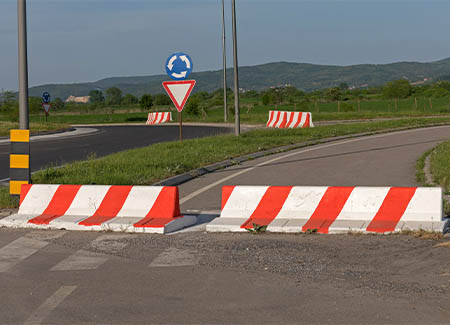
What are Crash Barriers Made of?
Crash barriers, including metal road safety barriers, are crafted from a variety of materials chosen for their specific properties and durability. Steel road safety barriers, for instance, are commonly used due to their robustness and corrosion resistance, making them ideal for long-lasting protection on the roads. These barriers are often crafted from galvanised steel, which adds an additional layer of protection against corrosion, ensuring they withstand the elements over time.
Pedestrian road safety barriers may utilise materials such as plastic, combining lightweight characteristics with durability to create effective protection for walkers in urban environments. Plastic road safety barriers are often preferred for their versatility, ease of deployment, and ability to absorb impact energy. The selection of materials plays a crucial role in the overall effectiveness of crash barriers, ensuring they meet stringent safety standards and contribute significantly to road safety in the UK.
Road Safety Barrier Standards:
In the UK, road safety barriers must comply with stringent standards to ensure their effectiveness. Standards such as BS EN 1317 outline the requirements for the performance and testing of road restraint systems, ensuring that barriers meet the necessary safety criteria.
Road safety barriers are an integral component of the UK’s strategy to enhance road safety. By understanding the different types of barriers, the materials used in their construction, and their functional principles, we can appreciate their role in protecting lives on the roads. As technology advances and safety standards evolve, these barriers will continue to play a vital role in creating safer journeys for all.




